![]()
The Google Pixel 4a has some big boots to fill. Its predecessor, the Pixel 3a, boasted the best camera on a mid-range smartphone by some margin, so much so that it could go toe-to-toe with Google’s flagship phones. Can the Pixel 4a do the same against the aging Pixel 4 series? That’s what we’re about to find out in this Pixel 4a vs Pixel 4 camera shootout!
Be sure to cast your vote on the winner in the poll at the end of the comparison.
Related: Google Pixel 4a vs Pixel 4: Which should you buy?
Google Pixel 4a vs Pixel 4: Camera specs
On the surface, the camera specs are fairly similar between the Pixel 4a and Pixel 4. Both have 12.2MP main cameras and 8MP selfie cameras, but the Pixel 4 also packs a 16MP telephoto camera. This should aid in snapping sharper zoomed-in photos. The Pixel 4 comes with a flagship SoC which results in faster image processing, as well as the Pixel Visual Core which further helps in speeding up processes such as HDR+, portrait mode, and Night Sight. The Pixel 4a doesn’t have either of these and so its processing is slower, resulting in a less seamless user experience.
| Google Pixel 4a | Google Pixel 4 | |
|---|---|---|
| Rear cameras | 12.2MP, f/1.7, 1/2.55-inch, OIS | Main: 12.2MP, f/1.7, 1/2.55-inch, OIS Telephoto: 16MP, f/2.4, 1/3.6-inch, OIS |
| Rear video | UHD 4K 30fps 1080 60fps 1080p 120fps |
UHD 4K 30fps 1080 60fps 1080p 120fps |
| Front cameras | 8MP, f/2.0 | 8MP, f/2,0 |
| Front video | 1080p 30fps | 1080p 30fps |
The samples
In these indoor images, the Pixel 4 manages to capture more detail in the canvases. However, a byproduct of this is a lot of noise in the surround of the image. As for the shot of the Gran Turismo collection, both images look so similar that it’s too close to call.
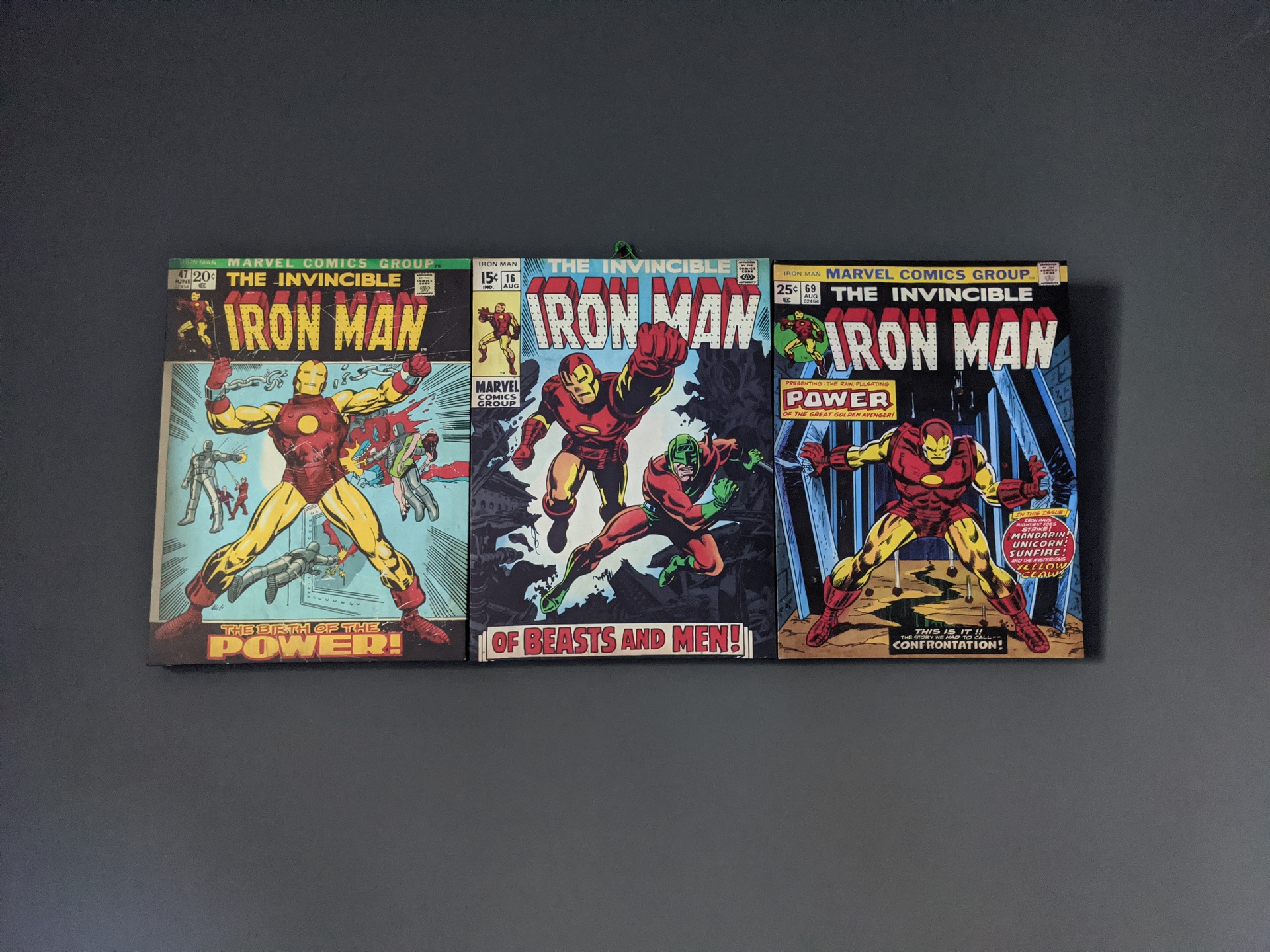
Pixel 4a
Pixel 4
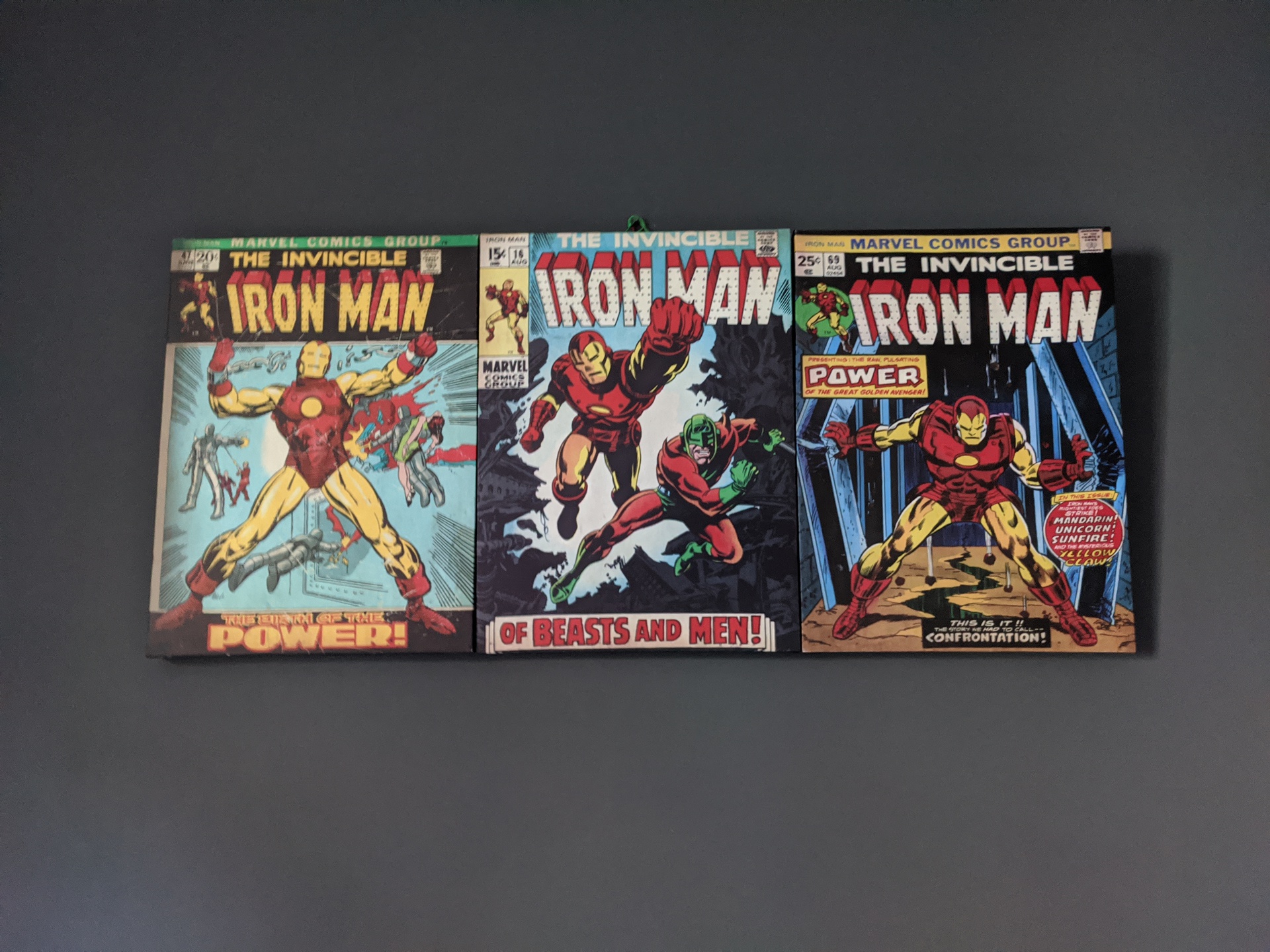
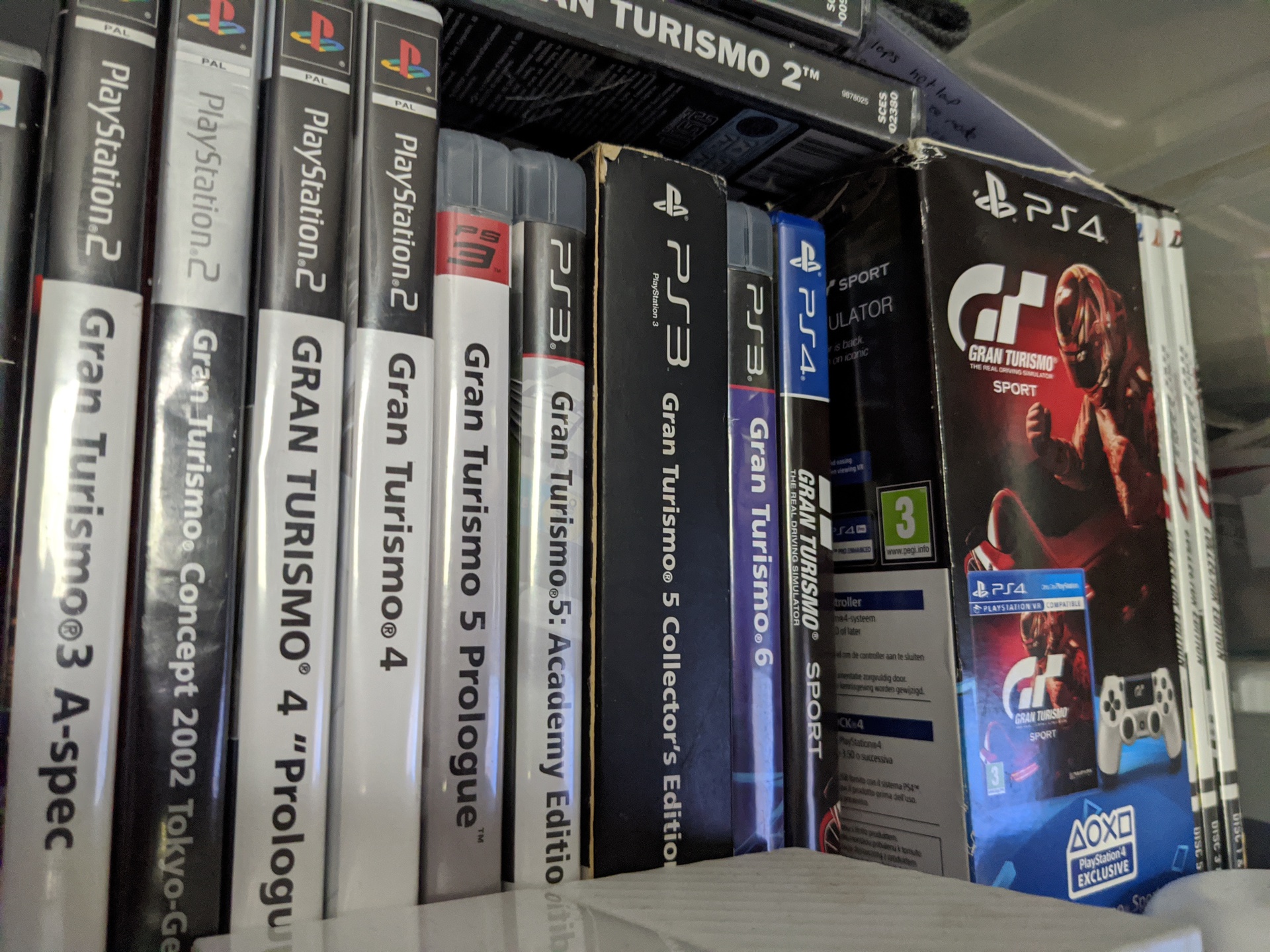
Pixel 4a
Pixel 4
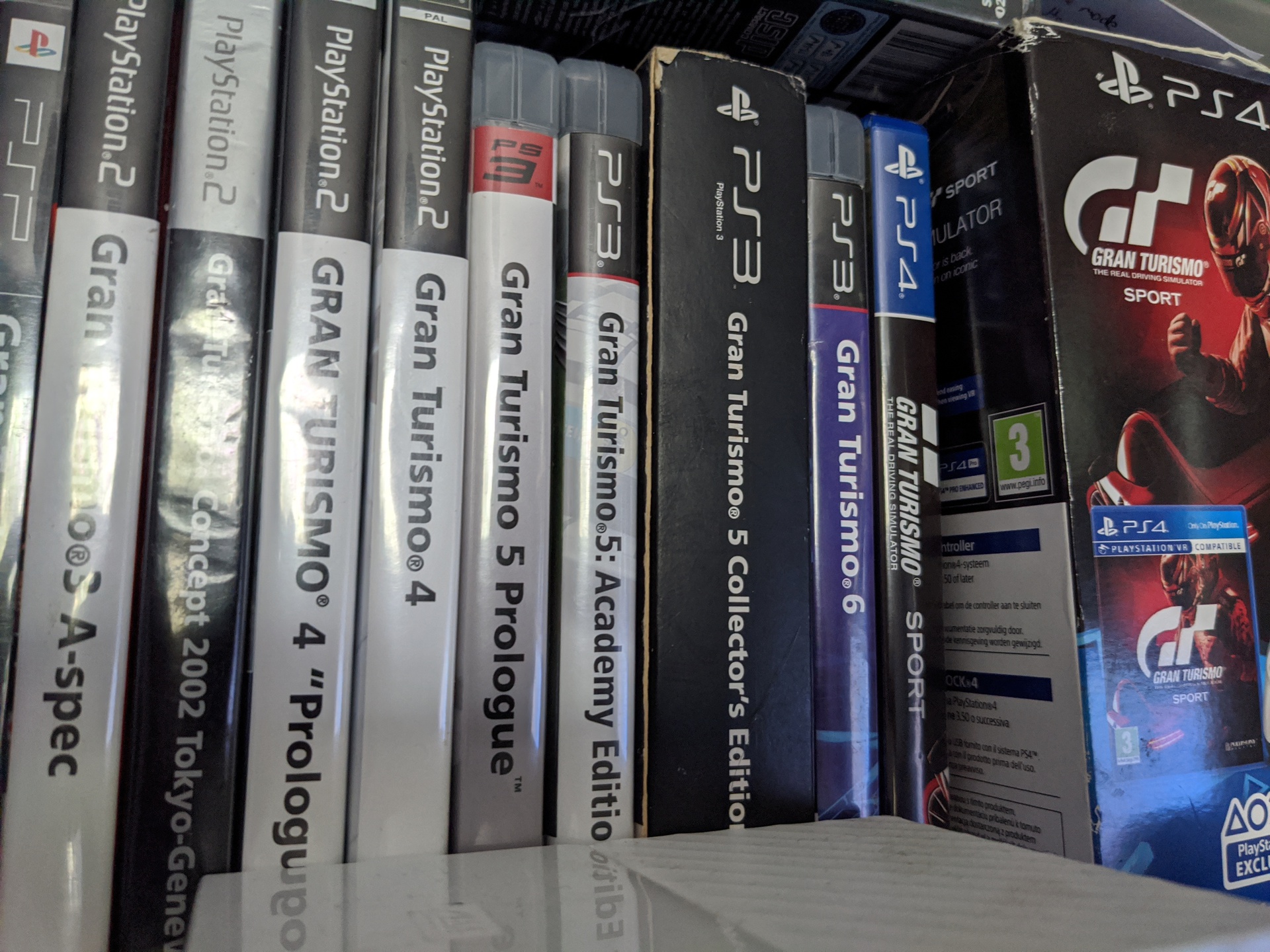
I also tested the portrait mode with both the front and rear cameras in this first set of images. Testing these cameras indoors should provide insight into the noise performance of both devices. In the selfies, the single source of light was a window to my right.

Pixel 4a
Pixel 4

The Pixel 4a’s outdoor sample has a tighter field of view despite both photos being taken at the same distance from the subject. Because of this, there’s more background compression in the 4a’s image. There’s more detail in the Pixel 4a’s shadows, too. However, the Pixel 4’s white balance is more true to life in these images than the Pixel 4a’s.

Pixel 4a
Pixel 4

We’re outside again for these next photo samples. The shot of the danger sign shows the Pixel 4’s stronger natural bokeh coming out as a result of the larger sensor. In the images where I shot up at the tree, it was hard to pick out discrepancies. The Pixel 4 manages to capture just a bit more detail in the shadows, and it also manages to capture a more accurate white balance.
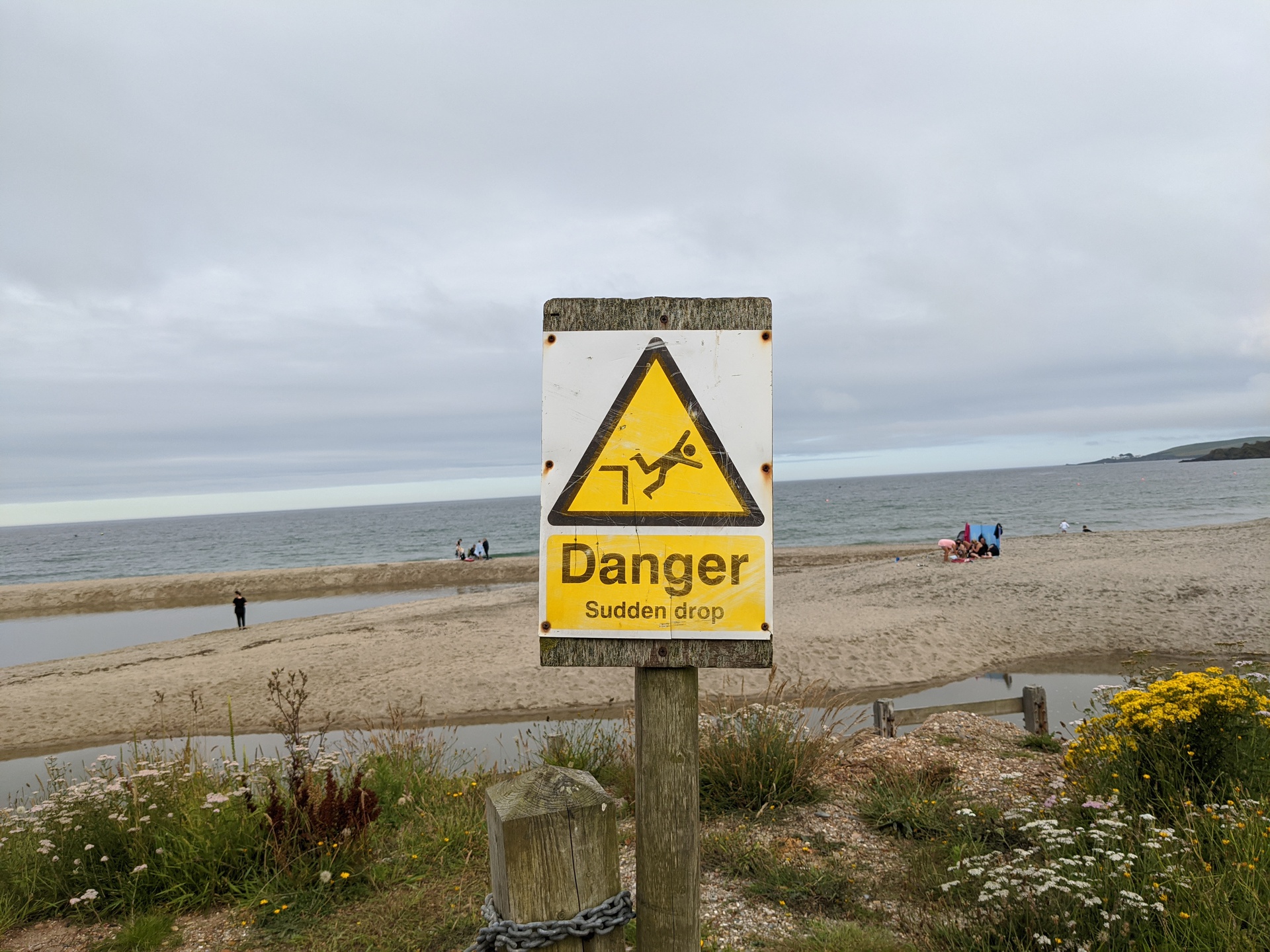
Pixel 4a
Pixel 4
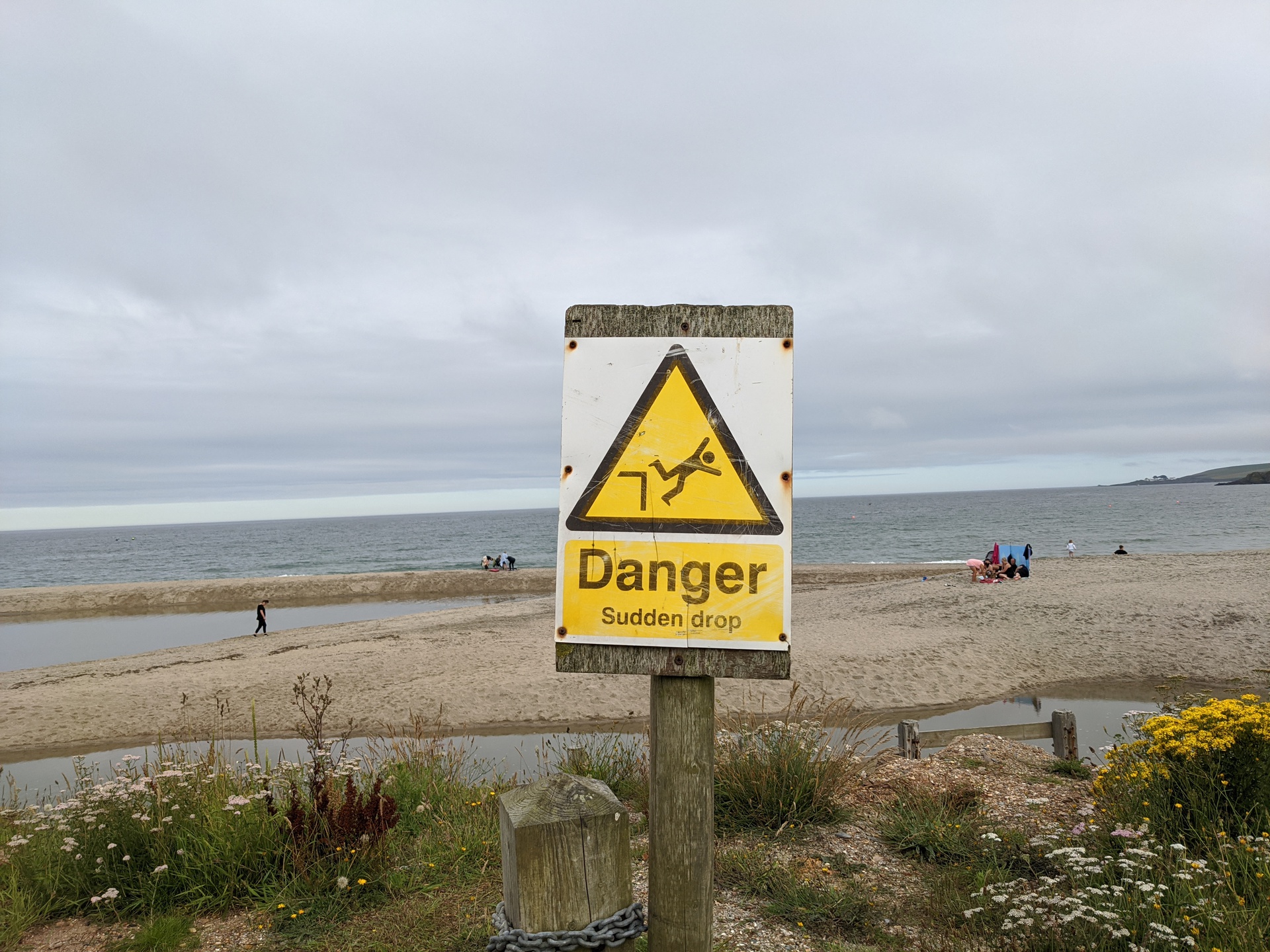
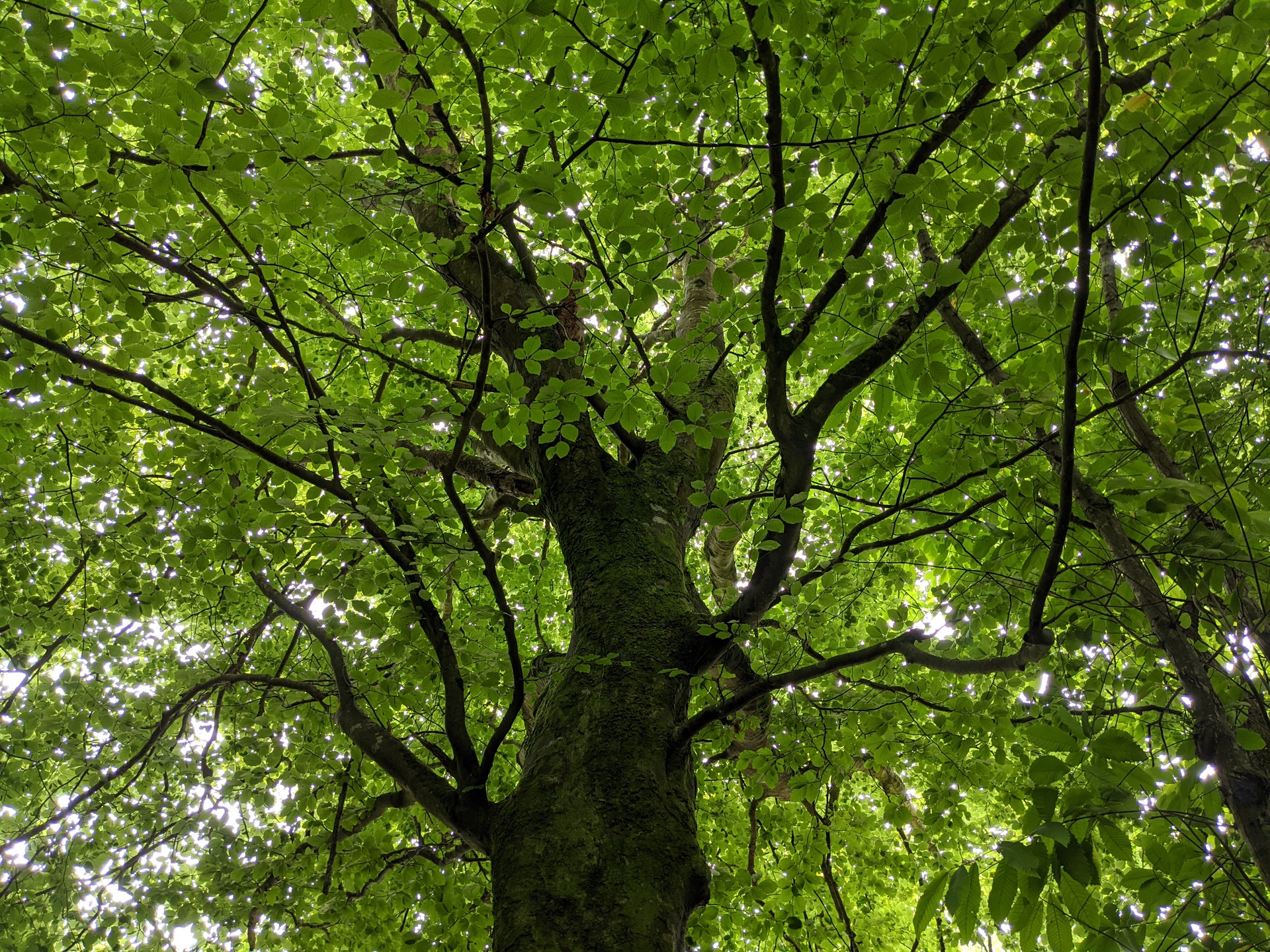
Pixel 4a
Pixel 4
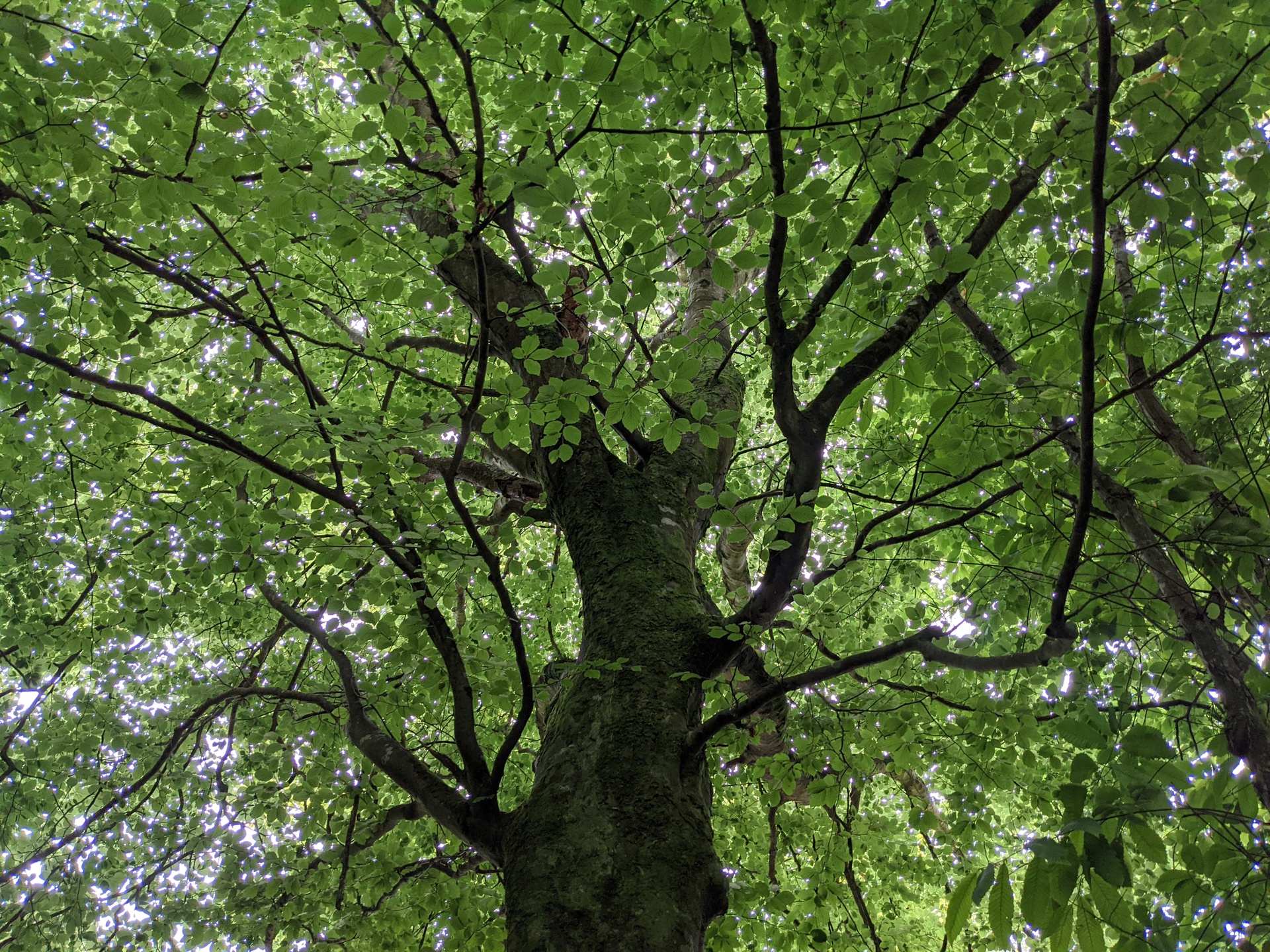
In the dark, the Pixel 4 steams ahead with much better shots using Google’s Night Sight mode. In these images of the side of my house, the Pixel 4a turns the pebble dashing into noise with a pink haze over the top. The Pixel 4 remains shaper even towards the darker bottom half of the wall. The Pixel 4a’s images appear softer in low light, perhaps due to the lack of Pixel Visual Core, which the Pixel 4 is using to help sharpen its images.
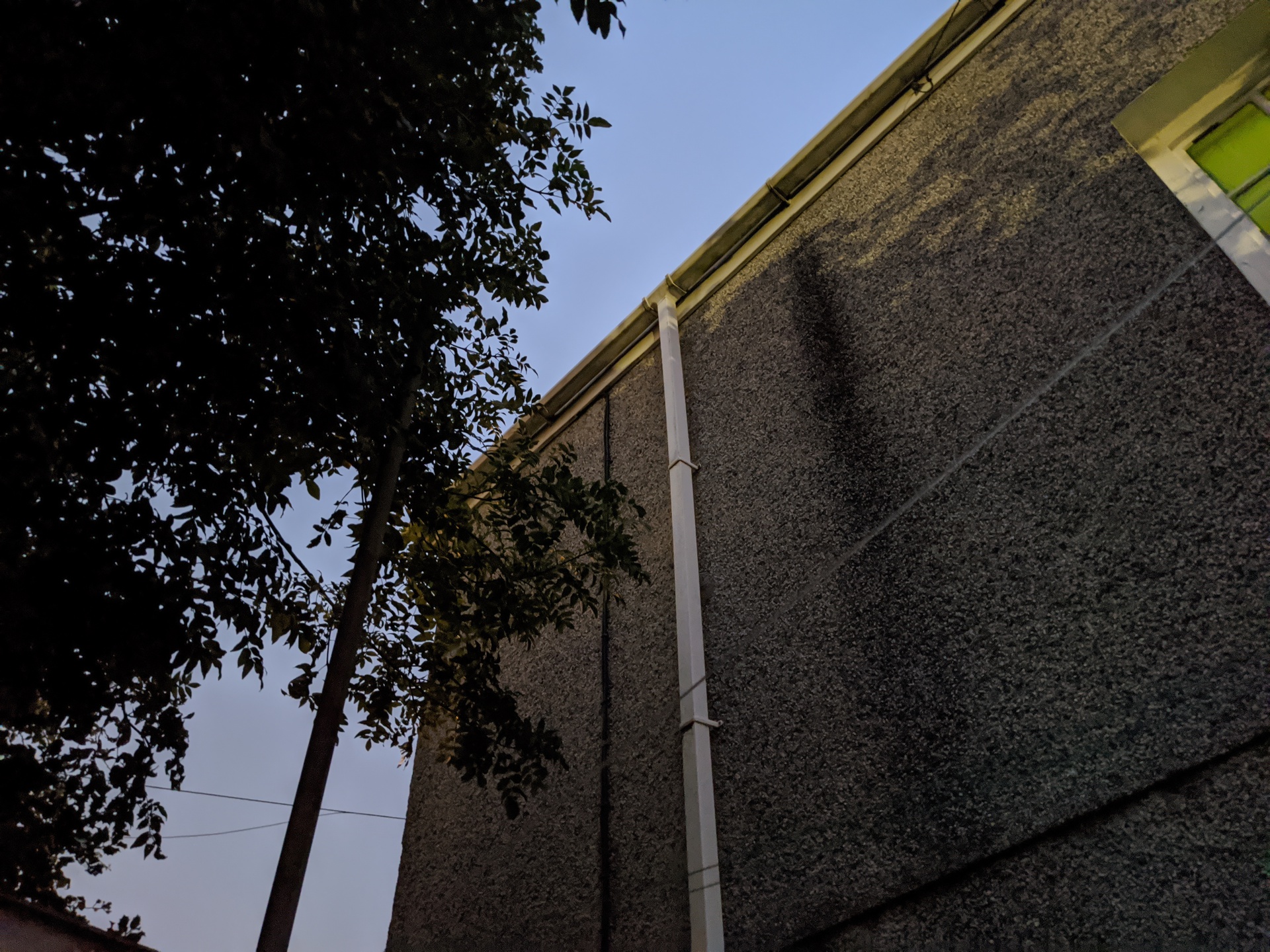
Pixel 4a
Pixel 4
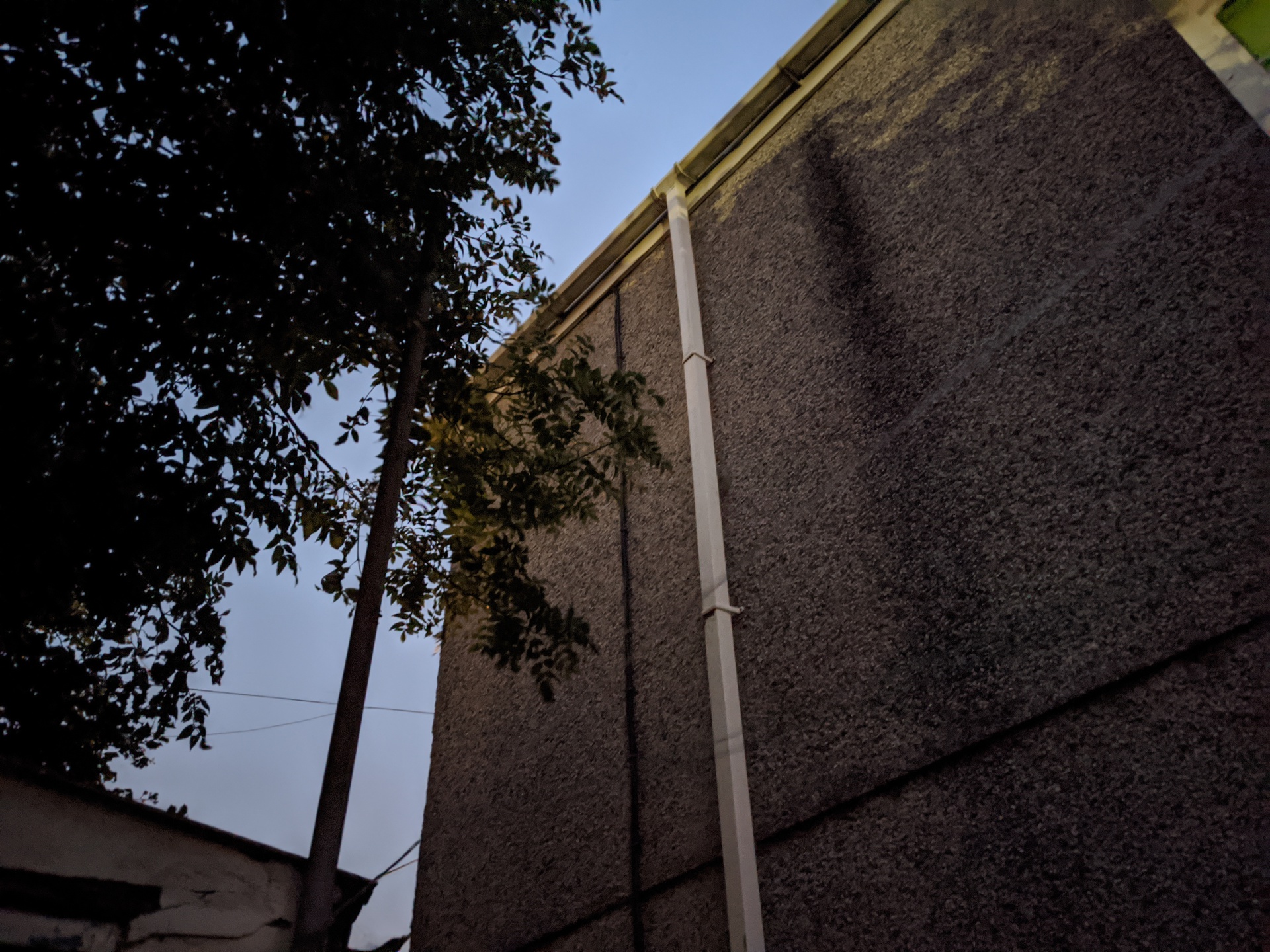
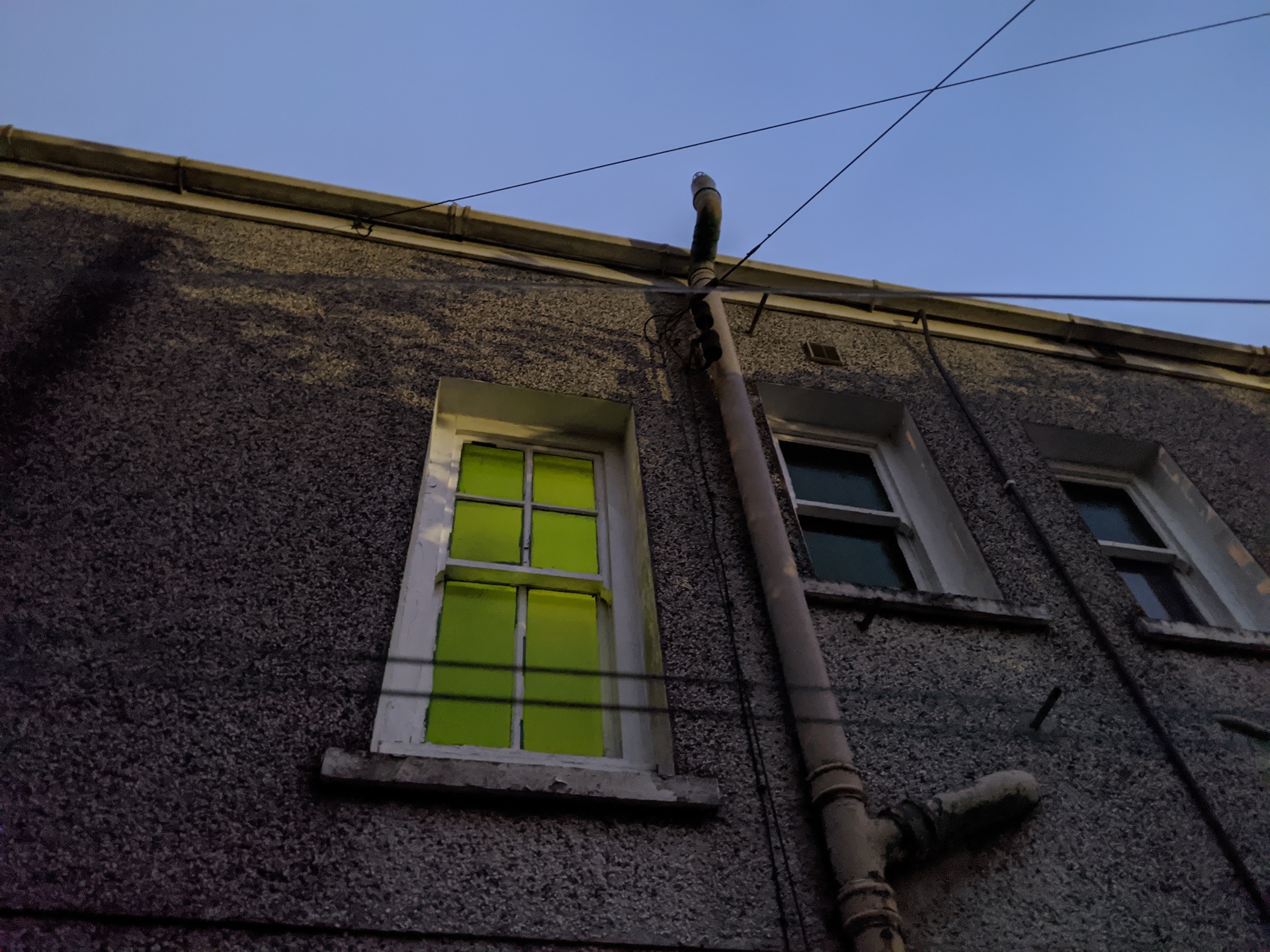
Pixel 4a
Pixel 4
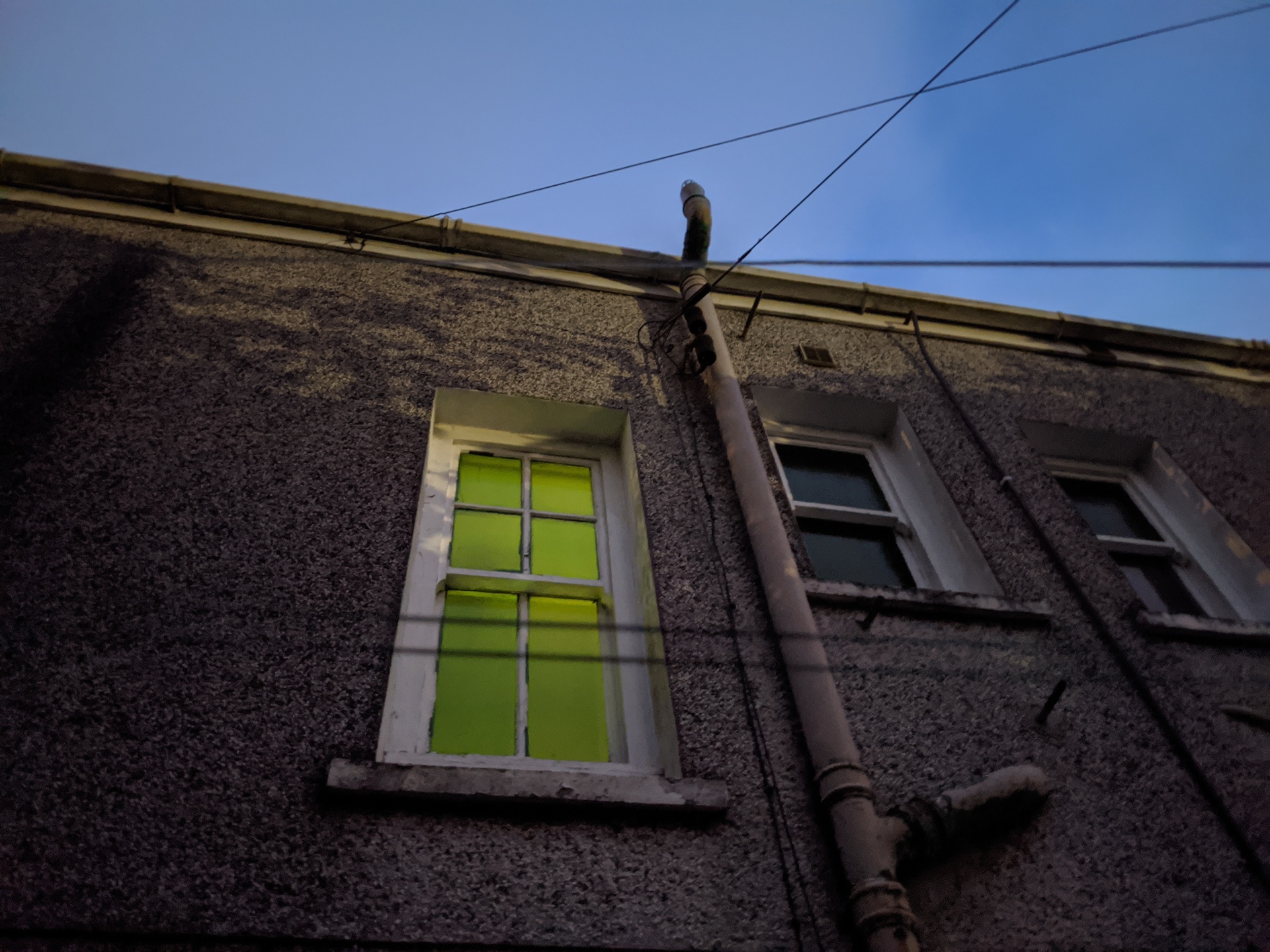
Since the Pixel 4 has a 2x telephoto zoom, we decided to compare the zoom capabilities of both. At 2x, the Pixel 4a keeps up with the Pixel 4. However, at 5x the Pixel 4 looks a lot clearer and sharper. This is the Pixel 4’s Super Res Zoom coming into play, which digitally enhances photos taken with the telephoto camera. However, you can see the shift in the Pixel 4’s color temperature when switching from the main camera to the telephoto camera. Since the Pixel 4a relies on a single camera — again boosted by the Super Res Zoom tech — its color temperature doesn’t change throughout the zoom range.
See also: Google Pixel 4a vs iPhone SE camera shootout
Google Pixel 4a vs Pixel 4 camera shootout: The verdict
The Pixel 4a does well to keep up with its bigger sibling in bright environments. However, it can’t match the flagship-level Pixel 4 when the lighting drops. The Pixel 4’s Night Sight is more powerful, its white balance is more true to life, and its natural bokeh is more pleasing.
While the Pixel 4 still offers the best photography experience across the Pixel family, we can’t forget that the Pixel 4a starts at $349, whereas the flagship now sells for around $700. This makes the Pixel 4a’s samples that much more impressive. For around half the price, the Pixel 4a is the new mid-range camera king.
Are you impressed by how well the Pixel 4a can keep up? Cast your vote for the winner of our shootout in the poll below.

Loading poll

